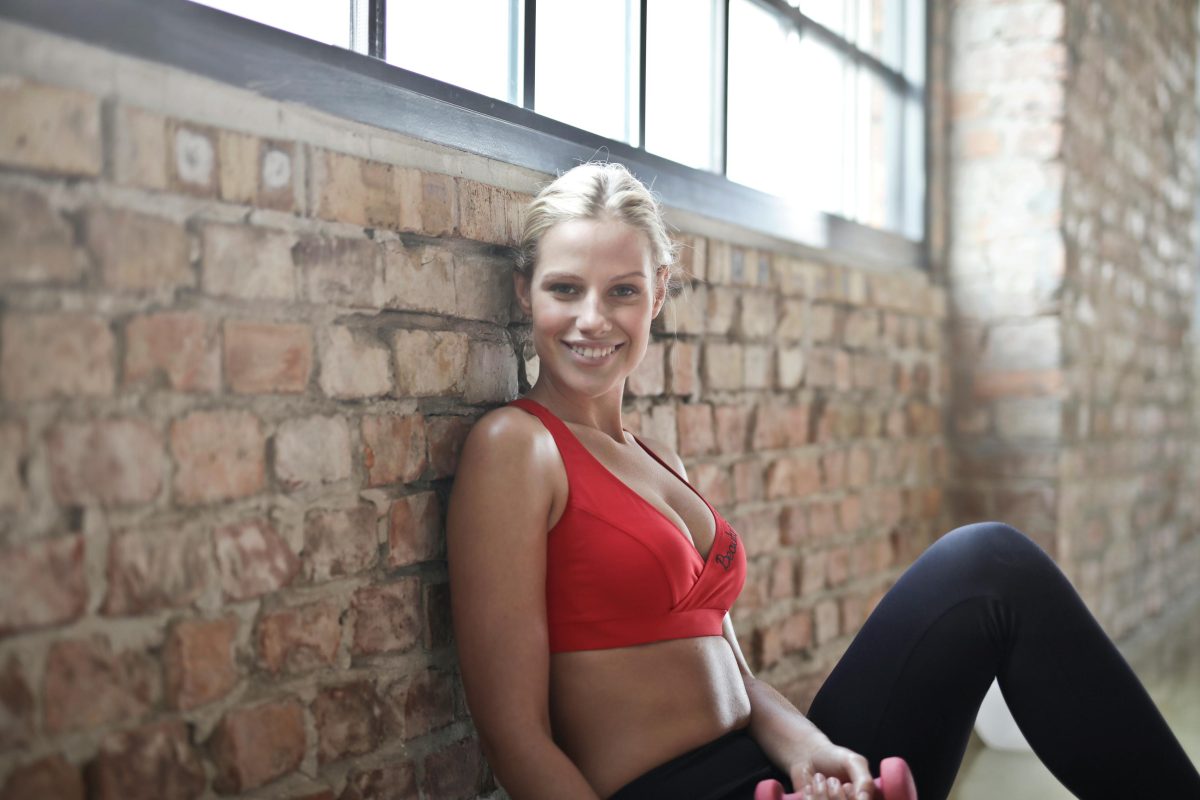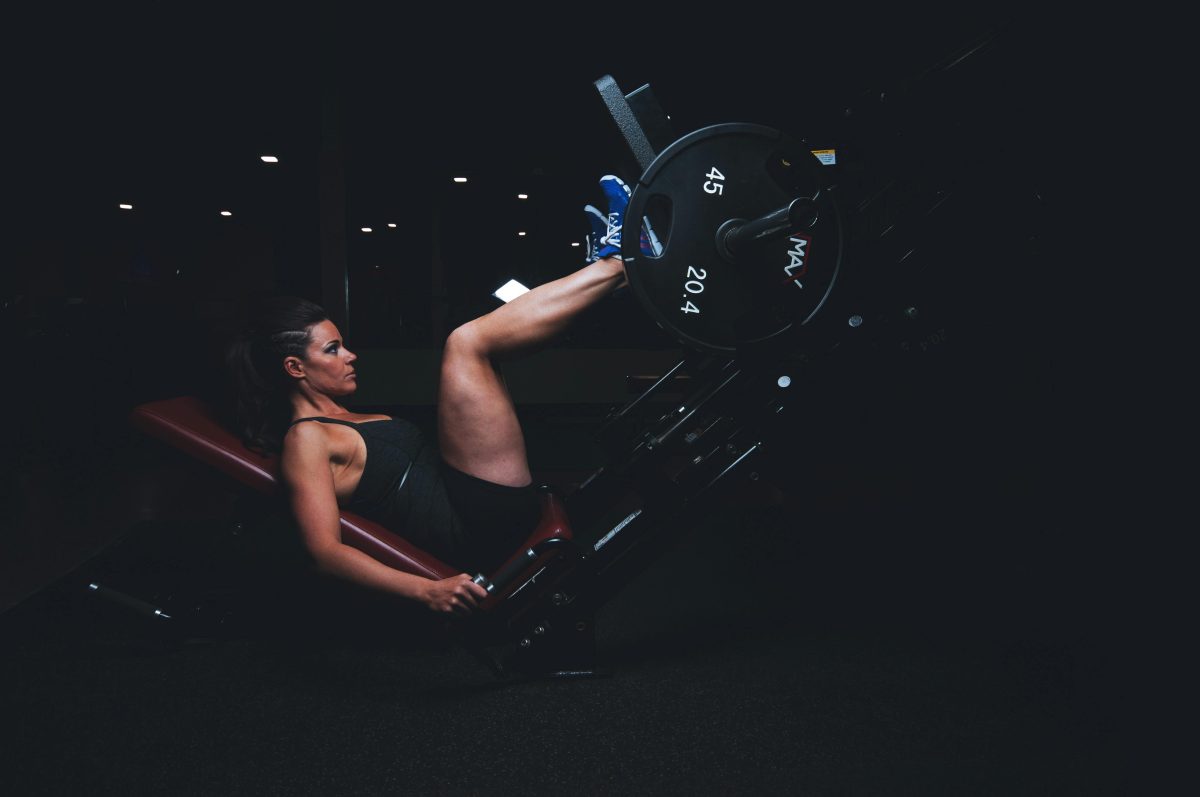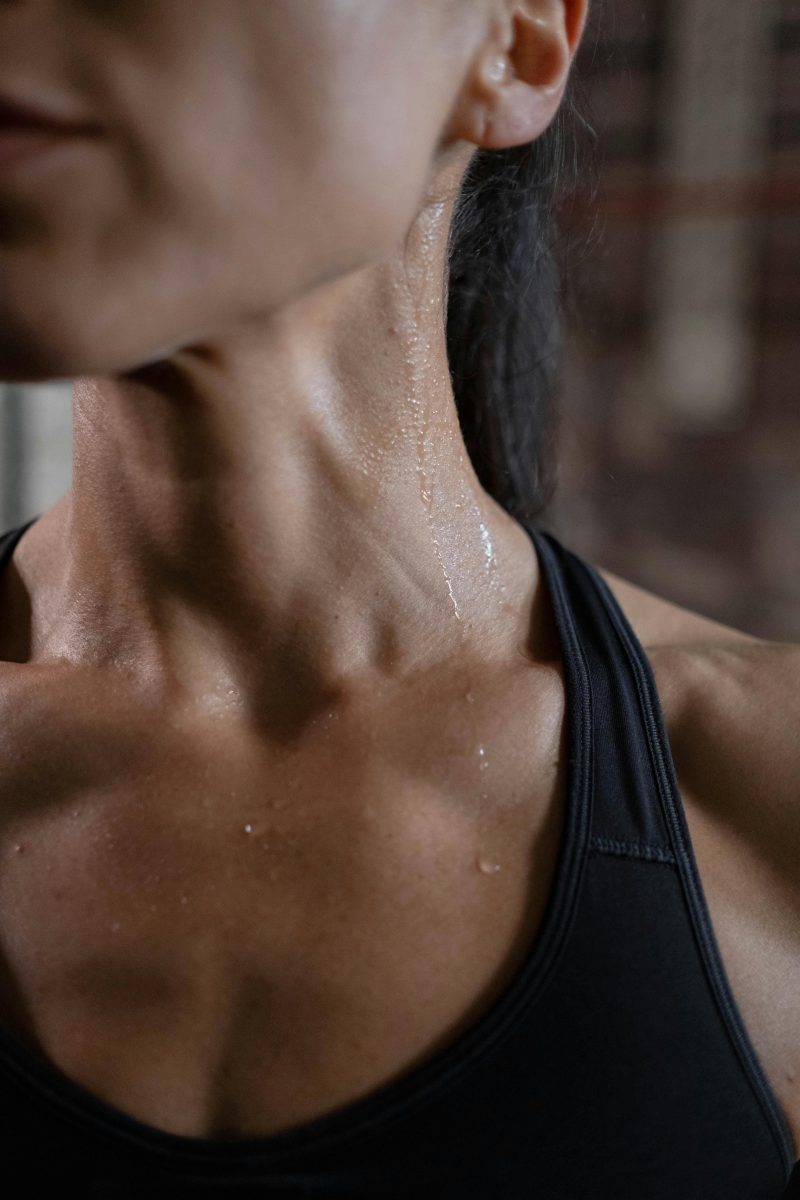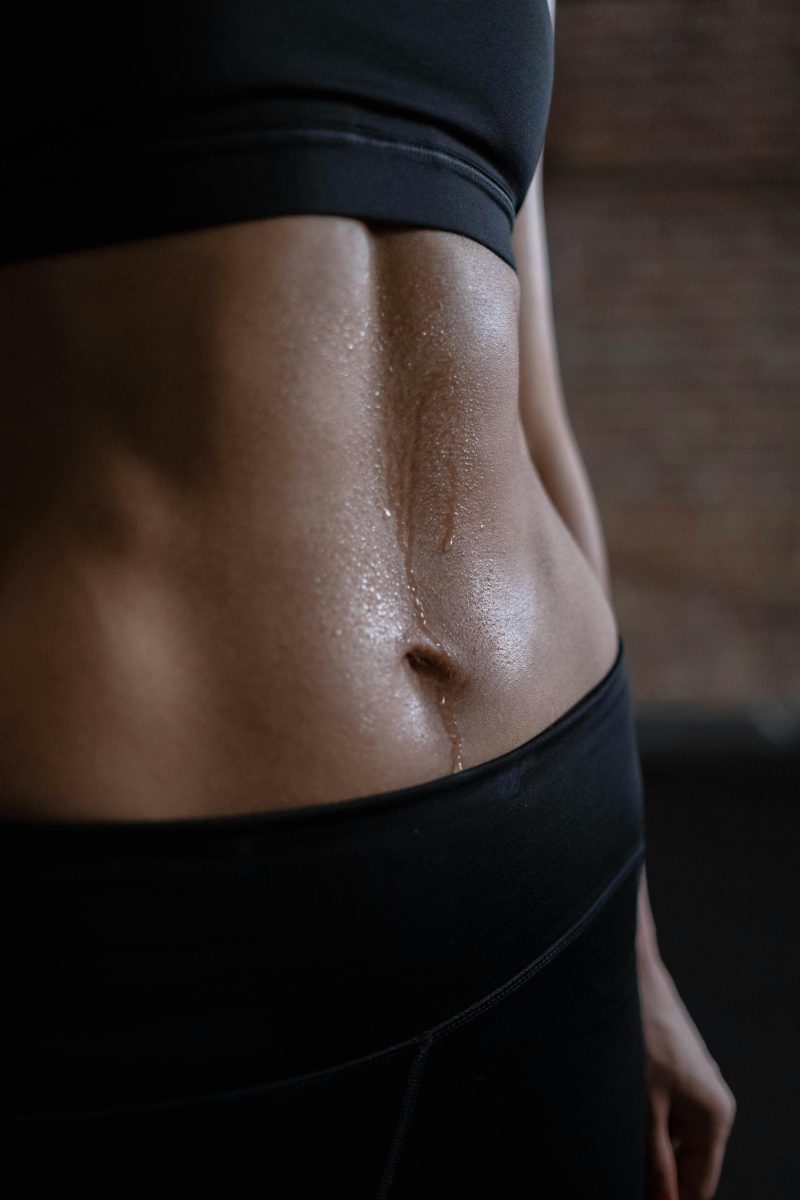Last Updated on: 14th July 2024, 08:54 am
Introduction to Sweat and Exercise

When we exercise, our bodies embark on a fascinating physiological journey. The heart rate increases, muscles contract with vigor, and sweat begins its silent work. This moisture, often seen as a mere byproduct of physical exertion, plays a crucial role in regulating our body temperature. As we push our limits, our internal thermostat kicks into high gear, using sweat as its primary tool to cool us down.
- The benefits of sweating during exercise extend beyond temperature control. This natural process helps to detoxify the body, clearing it of unwanted substances.
- Moreover, the act of sweating can signal the intensity of a workout, serving as a badge of effort and endurance.
- It’s a reminder of the body’s remarkable ability to adapt, to endure, and to thrive under pressure.
Understanding this interplay between sweat and exercise offers a deeper appreciation for the body’s innate wisdom. It underscores the importance of listening to our bodies, respecting its signals, and embracing the sweat as a testament to our physical and mental strength.
The Mechanism of Sweating

How the Body Decides to Sweat: The Role of the Hypothalamus
At the core of our body’s cooling system lies the hypothalamus, a tiny but mighty brain region. This thermostat-like structure senses when our internal temperature rises, be it from exercise, stress, or external heat. In response, it sends signals to activate millions of sweat glands. This intricate process ensures we maintain a stable body temperature, crucial for optimal performance and health.
The Sweat Glands: Eccrine and Apocrine Glands Explained
- Eccrine glands, abundant across our body, are the frontline workers in temperature regulation. They produce a clear, odorless fluid, primarily water and salt, directly onto the skin surface.
- Apocrine glands, located in areas like the armpits and groin, secrete a thicker substance. This sweat, when broken down by skin bacteria, is responsible for body odor.
The Process of Sweat Production and Its Components
Sweat production is a marvel of biological engineering. When the hypothalamus triggers the sweat response, eccrine glands spring into action, drawing fluid from our blood. This fluid, now sweat, travels through coiled ducts to the skin’s surface, where it evaporates, taking heat with it. This evaporation process is what cools us down, allowing us to continue exercising or to recover from heat exposure. The composition of sweat, while mostly water, contains trace amounts of minerals, lactate, and urea, highlighting the body’s efficiency in not just cooling but also in subtle detoxification.
The Science Behind Sweat and Exercise

Detoxification through Sweat: Myth or Reality?
While the concept of sweating out toxins is popular, it’s essential to understand that the primary role of sweat is temperature regulation, not detoxification. The liver and kidneys are the real heroes in removing toxins from our bodies. However, sweat does help eliminate trace amounts of certain waste products, making exercise a complementary detoxifying activity.
Sweat and Skin Health: Cleansing the Pores
Sweating can indeed benefit skin health by helping to cleanse the pores. As sweat travels to the skin’s surface, it can carry along with it dirt and oils trapped within pores. This natural process can help prevent acne and give the skin a healthier appearance, provided you cleanse properly post-workout to remove any residue.
The Role of Sweating in Preventing Overheating During Exercise
Our body’s ability to sweat is a critical defense mechanism against overheating. During exercise, our muscles generate heat, raising our body’s core temperature. Sweating helps dissipate this heat through evaporation, allowing us to maintain a safe body temperature and perform at our best. It’s a beautifully efficient system that enables us to push our limits while staying cool.
Sweat and Weight Loss: Understanding the Temporary Effects
Many associate sweat with weight loss, but it’s crucial to understand that any immediate weight loss is primarily due to fluid loss, not fat. While sweating indicates that you’re burning calories, true weight loss comes from burning more calories than you consume over time, not from the amount you sweat. Rehydrating after exercise is essential to replace the fluids lost through sweat.
The Link Between Sweat, Hydration, and Performance
Staying hydrated during exercise isn’t just important; it’s essential. Water fuels our muscles, lubricates joints, and helps regulate body temperature. Without adequate hydration, our bodies can’t perform at their peak. As we exercise, we lose fluids through sweat, making it crucial to replenish these stores to maintain endurance and strength.
- Dehydration can significantly impact physical performance, leading to reduced stamina, increased fatigue, and can even alter body temperature control.
- As our hydration levels drop, so does our sweat rate. This reduction in sweat production hampers the body’s ability to cool itself, leading to overheating and potentially, heat-related illnesses.
- Moreover, dehydration can make workouts feel much more challenging, affecting motivation and overall performance.
To maintain optimal hydration levels, start hydrating well before you begin exercising. Drink water throughout your workout and continue to hydrate after you’re done. The amount you need depends on several factors, including the intensity of the exercise, environmental conditions, and your individual sweat rate. Listening to your body’s thirst signals and monitoring the color of your urine – aiming for a light straw color – are good strategies to ensure you’re well-hydrated. For longer or more intense workouts, consider sports drinks that can replace electrolytes lost through sweat.
By prioritizing hydration, you’re not just quenching your thirst; you’re fueling your performance. A well-hydrated body can endure more, recover faster, and perform better. So, the next time you gear up for a workout, remember that water is part of your essential gear.
Sweat Rate and Its Implications for Athletes

Measuring Sweat Rate to Optimize Hydration Strategies
For athletes, understanding and measuring sweat rate is not just about curiosity; it’s a critical aspect of optimizing performance. By calculating the amount of sweat lost during exercise, athletes can tailor their hydration strategies to replace lost fluids more accurately. This personalized approach ensures that the body remains well-hydrated, maintaining peak performance and reducing the risk of dehydration.
The Impact of Environmental Conditions on Sweat Rate
Environmental conditions play a significant role in determining how much we sweat. High temperatures and humidity levels can increase sweat rate, necessitating a greater intake of fluids to compensate for the loss. Conversely, cooler or drier conditions might reduce sweat rate but still require careful hydration. Athletes training in varying climates must adjust their hydration plans to account for these environmental influences.
Personalized Hydration Plans Based on Sweat Rate and Exercise Intensity
Creating a personalized hydration plan involves more than just tracking sweat rate. It also requires considering the intensity of the exercise and the individual’s unique physiology. Some athletes may naturally sweat more than others, even under similar conditions and exertion levels. By combining data on sweat rate with exercise intensity, athletes can develop a hydration strategy that supports their specific needs, enhancing endurance, and preventing performance declines due to dehydration.
Ultimately, the goal is to maintain a balance. Too little hydration can lead to dehydration, while too much can cause hyponatremia, a condition characterized by low sodium levels. Athletes, with the help of coaches and nutritionists, can find their hydration sweet spot, ensuring that they stay hydrated, safe, and at the top of their game.
Managing Sweat and Body Odor

The Relationship Between Sweat and Body Odor
Sweat itself is virtually odorless until it meets the bacteria on our skin. It’s this bacterial breakdown of apocrine sweat that leads to body odor. Understanding this connection is key to managing unwanted smells, especially after intense physical activity.
Tips for Managing Body Odor Associated with Exercise
- Shower Immediately: Showering right after a workout washes away sweat and bacteria.
- Choose the Right Fabrics: Wearing moisture-wicking fabrics helps keep the skin dry, discouraging bacterial growth.
- Wash Workout Clothes Regularly: Including those used for layering, to remove sweat and bacteria.
- Watch Your Diet: A diet low in heavily spiced dishes or high-sulfur foods can reduce body odor. Incorporate fresh fruits and vegetables for natural deodorization.
The Role of Antiperspirants and Deodorants
Antiperspirants and deodorants are crucial in the fight against sweat and body odor. Antiperspirants, containing aluminum-based compounds, temporarily block sweat pores, reducing moisture. Deodorants, on the other hand, tackle odor by neutralizing bacteria and often include a fragrance to mask any residual scent. Choosing a product that combines both properties can offer comprehensive protection during and after exercise.
For those with sensitive skin or a preference for natural products, there are a variety of alternatives:
- Baking Soda: Neutralizes odors effectively.
- Essential Oils: Provide natural fragrance and antibacterial properties.
- Mineral Salts: Create a barrier against bacteria.
Applying these products to clean, dry skin maximizes their efficacy.
By taking these steps, individuals can feel confident and comfortable during their fitness routines, knowing they have measures in place to manage sweat and body odor effectively.
In Closing
Sweat is our body’s champion, not its adversary. It signifies the profound resilience of our physiological systems. Through the intricate dance of sweat and exercise, we navigate the delicate balance between pushing our limits and nurturing our well-being. This journey illuminates the importance of hydration, the science of sweat, and the strategies for managing its effects, guiding us toward optimal health and performance. Let’s embrace the sweat, for it is a marker of our dedication and a catalyst for our growth.
The Science Behind Sweat and Exercise FAQs
Yes, dehydration can significantly affect your sweat rate, leading to reduced sweating and increased body temperature. When you’re dehydrated, your body conserves fluid to maintain essential functions, which can limit sweat production. This reduction in sweating can impair your ability to cool down, increasing the risk of heat-related illnesses.
While sweating does help remove some toxins from the body, its primary function is temperature regulation. The liver and kidneys play a more significant role in detoxifying the body. Therefore, while exercise and sweating can contribute to detoxification, they are part of a broader system of elimination.
No, everyone does not sweat the same amount; there is considerable variation in sweat rates among individuals. Factors such as genetics, fitness level, acclimatization to heat, and body size can influence how much one sweats. Some people may sweat more due to higher sweat gland activity, while others might sweat less but still achieve effective thermoregulation.
The type of exercise can influence how much you sweat, as different activities vary in their intensity and the muscles they engage. High-intensity or full-body workouts typically produce more heat, leading to increased sweat production. Conversely, low-intensity or activities that engage smaller muscle groups may result in less sweating.
Acclimatization to heat increases the body’s efficiency in sweating, allowing for better temperature regulation during exercise. This process results in an earlier onset of sweating, a higher volume of sweat, and a reduced salt concentration in sweat, improving cooling efficiency. Regular exposure to hot conditions can enhance these adaptations, making exercise in the heat more tolerable.
Not sweating a lot during exercise isn’t necessarily bad, as sweat rates vary widely among individuals. It could be due to factors like a cooler environment, efficient heat dissipation, or personal physiology. However, it’s important to stay hydrated and monitor for signs of overheating, especially in warm conditions.
Sweating can be an indicator of workout intensity, but it’s not the sole measure. Factors like ambient temperature, humidity, and individual physiology also influence sweat rates, so two people doing the same workout might sweat differently. It’s important to consider heart rate and perceived exertion alongside sweating to gauge intensity accurately.
Clothing plays a significant role in sweating during exercise by affecting how well sweat can evaporate from the skin. Breathable, moisture-wicking fabrics help facilitate this process, allowing for more efficient cooling. In contrast, non-breathable materials can trap moisture and heat, hindering sweat evaporation and potentially leading to overheating.
Some people sweat more than others during exercise due to differences in their body’s physiology, including the number and activity of sweat glands. Genetics, fitness level, environmental conditions, and acclimatization to heat also play significant roles. These variations are normal and reflect the body’s individualized response to managing heat.
Sweating more during exercise is the body’s way to regulate its temperature. As your muscles generate heat, your body releases sweat to cool down through evaporation. This process helps maintain a stable internal temperature, allowing you to continue exercising safely.
Orlando is a all round athlete from Australia, now resident in Germany. His sports of passion of American Football(Offensive line), weight training and indoor rock climbing where he uses his 195cm wing span to his advantage.



